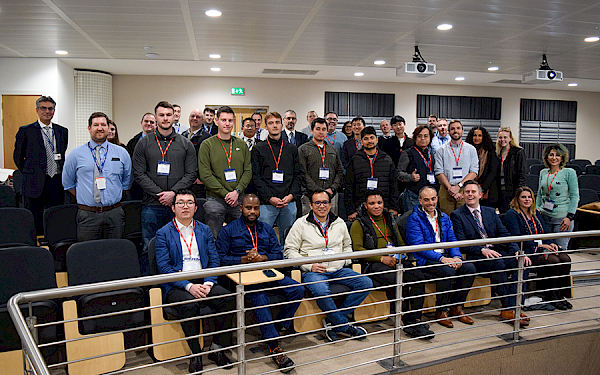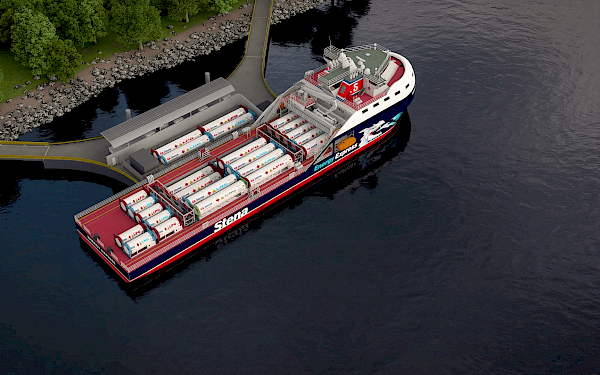
BLOG: The call for sustainable ships – Another retrofit project or something more?
6 October 2022
By George Mermiris, General Manager and Director, Tritec Marine.
The maritime industry has never been renowned for proactiveness and adaptation to market conditions. If anything, our industry has been defined by reactiveness, which is quite ironic if one thinks the contribution it has to global economy. Notwithstanding this, the need for change on a number of fronts is now established, with marked improvements in environmental performance of ships expected imminently. Based on IMO’s strategy [1], international shipping must reduce GHG emission by 40% (compared to 2008) by 2030! In other words, the largest man-made objects that roam the seas of our planet should be safe, profitable and much more environmentally friendly. Admittedly, ships are profitable and safer than ever, but, despite exciting innovation taking place, the industry-scale vessel modification programme required to meet IMO’s targets has not yet been initiated.
It may be argued that this is a difficult situation but one that could be overcome with the right investment and a well-planed retrofit project. After all, this is a familiar situation, and it happened a few years ago when scrubbers became rather pertinent equipment. However, the scale of this situation is on a different level, and the technical challenge of achieving substantial GHG reduction is a considerable one. The set of regulations that will come into force on the 1st of January 2023 entail both a threshold (EEXI) that every ship in service will have to meet, and introduces, perhaps for the first time in the history of international maritime regulations, a rating (CII) that depends on the operational profile of a ship.
Plainly speaking, when less fuel is spent and more work (tonne-mile) is produced during a calendar year the rating of a ship will improve. When a ship is idle (e.g. at anchorage) or travelling at ballast condition it will be burning fuel without producing any work: in this case the rating will reduce. But how can we guarantee in advance and in volatile market conditions that a ship will have sufficient number of contracts per year (i.e. produce enough work) that will allow it to retain at least a neutral CII rating and continue to trade?
Undoubtedly a certain amount of investment per ship is required with view to improve its overall fuel efficiency. So, the emerging challenge is initially two-fold, (i) when to do such an investment and what the payback period of it will be, and (ii) what technologies to invest in so that the rating of the ship remains favourable. But this is not all – if we consider that the technologies with sufficient track record today will only bring some 10% reduction in GHG at best of cases when reductions in the range of 20% or more are required (depending on ship type and its configuration), it becomes evident that more than one technology will have to be installed for a CII rating that will be at least neutral even when less productive intervals increase. This is the third, and perhaps the most intriguing challenge – how various technologies can be combined and harmonised so a ship in service can become environmentally efficient?
Under these circumstances, upgrading a ship for compliance in the context of the oncoming regulations is not just another retrofit project. It requires contextual understanding of what needs to be achieved and, most importantly, when. Commercial, operational, and technological aspects will have to be balanced from the outset for successful implementation of solutions so that safety and profitability are not compromised for fuel reduction. And this can only be achieved with the right mindset and tools.
We will explore further each of these attitudes in future posts, but in the meanwhile it suffices to say that in a rather dynamic way the emerging sustainability requirements force the alignment of marine engineering and naval architecture with ship operations like never before in the history of our industry. Moreover, the nature of the requirements bring to the forefront the need to deploy systems-based modelling and simulation at large scale and to delve into other industries and disciplines in search of knowledge and technologies that will bring the much sought after innovation and improvements
[1] https://wwwcdn.imo.org/localresources/en/MediaCentre/Documents/Addressing climate change - a decade of action to cut GHG emissions from shipping_FINAL_%2814-07-21%29_Large.pdf

